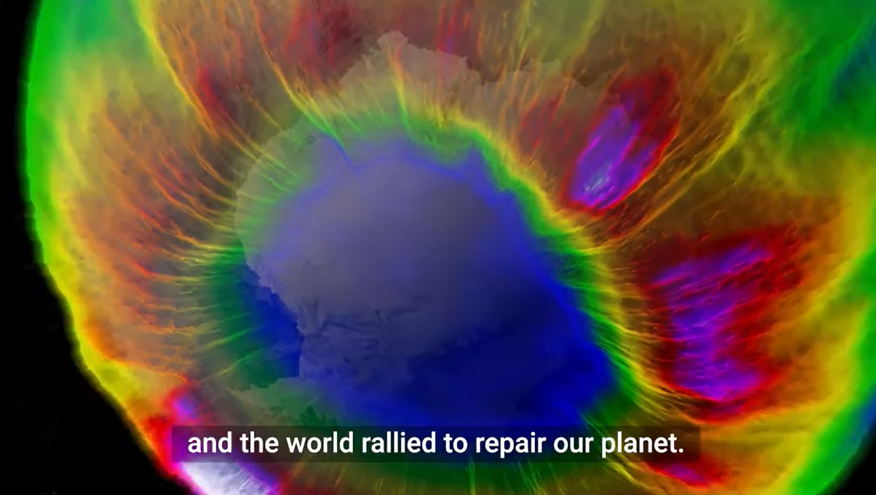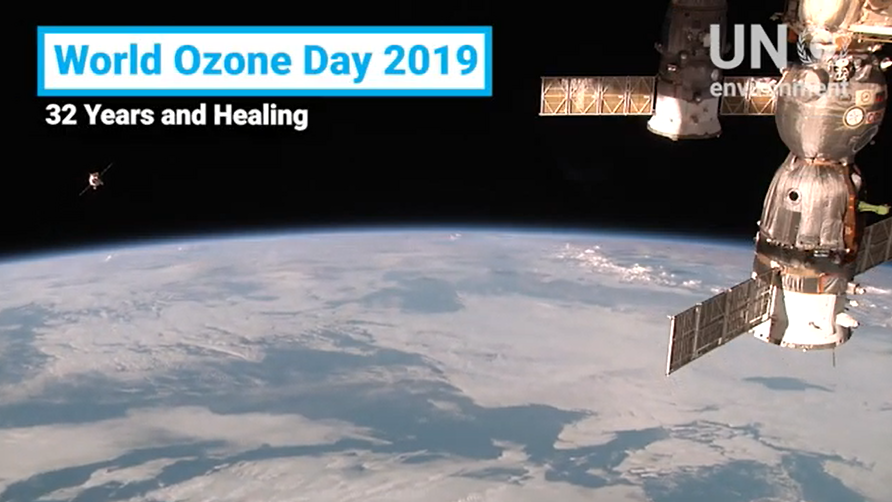World Ozone Day - 16 September 2019
Event details
Description
World Ozone Day is celebrated on 16 September, under the theme ’32 Years and Healing’.

This year, we celebrate over three decades of remarkable international cooperation to protect the ozone layer and the climate under the Montreal Protocol.
The Montreal Protocol has led to the phase-out of 99 per cent of ozone-depleting chemicals in refrigerators, air-conditioners and many other products.
The latest Scientific Assessment of Ozone Depletion completed in 2018, shows that, as a result, parts of the ozone layer have recovered at a rate of 1-3% per decade since 2000. At projected rates, Northern Hemisphere and mid-latitude ozone will heal completely by the 2030s. The Southern Hemisphere will follow in the 2050s and Polar Regions by 2060. Ozone layer protection efforts have also contributed to the fight against climate change by averting an estimated 135 billion tonnes of carbon dioxide equivalent emissions, from 1990 to 2010.
More information:
Videos:
2. Video: Assessment Panels - produced with support of the European Union

3. Video: 32 Years and Healing
About the Montreal Protocol:
The Montreal Protocol on Substances that Deplete the Ozone Layer is the landmark multilateral environmental agreement that regulates the production and consumption of nearly 100 man-made chemicals referred to as ozone depleting substances (ODS). When released to the atmosphere, those chemicals damage the stratospheric ozone layer, Earth’s protective shield that protects humans and the environment from harmful levels of ultraviolet radiation from the sun. Adopted on 15 September 1987, the Protocol is to date the only UN treaty ever that has been ratified by every country on Earth - all 197 UN Member States.
On January 1, 2019 the Kigali Amendment to the Montreal Protocol came into force. Under the Kigali Amendment countries promised to reduce the use of hydrofluorocarbons (HFCs) by more than 80% over the next 30 years. If fully supported by governments, the private sector and citizens, the Kigali Amendment will avoid up to 0.4°C of global warming this century while continuing to protect the ozone layer. On 3 January 2019, 65 countries had ratified the Amendment.
HFCs are organic compounds frequently used as refrigerants in air conditioners and other devices as alternatives to ozone-depleting substances controlled under the Montreal Protocol. While HFCs themselves do not deplete the ozone layer, they are extremely potent greenhouse gases with global warming potentials that can be many times higher than carbon dioxide.
The Ozone Secretariat is based in Nairobi, Kenya, and housed within the United Nations Environment Programme.


Log in with your EU Login account to post or comment on the platform.